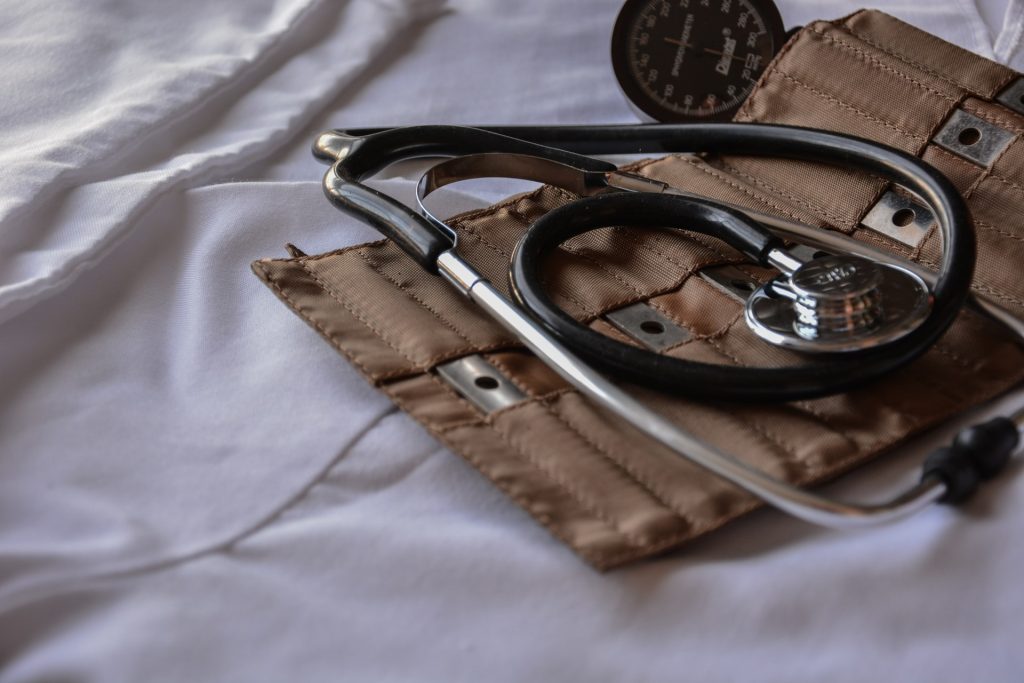Researchers ID Two Probiotics that can Help Bring Down Hypertension

Recent studies suggest that probiotics may offer a protective effect against hypertension, but how gut microbiota can regulate blood pressure has remained something of a mystery. Now a study published in mSystems showed that two probiotics, Bifidobacterium lactis and Lactobacillus rhamnosus, returned blood pressure in hypertensive mouse models to normal levels. The researchers also tracked how those probiotics altered the animals’ gut microbial mix over 16 weeks, identifying specific microbes and metabolic pathways that may help explain the protective effect.
“Accumulated evidence supports an antihypertensive effect of probiotics and probiotic fermented foods in both in vitro and in vivo experiments,” said computational biologist Jun Li, PhD, at the City University of Hong Kong. Her team worked with that of microbiologist Zhihong Sun, PhD, at Inner Mongolia Agricultural University, on the study. “So, we believed that the dietary intake of probiotic foods would well supplement traditional hypertension treatment.”
Previous studies have connected the rising rates of hypertension worldwide to increasing consumption of sugar. It likely boosts blood pressure through many mechanisms, such as increased insulin resistance or salt retention, but in recent years researchers have also investigated sugar’s effect on the gut microbiome.
In the new study, the researchers tested the two probiotic strains on mice that developed hypertension after consuming water mixed with fructose. Over the course of 16 weeks, they measured the animals’ blood pressures every 4 weeks. They found that fructose-fed mice that received either probiotic showed significantly lower blood pressures than those fed a high fructose diet and not treated with probiotics.
In addition, the researchers found no difference between the blood pressure readings of fructose-fed mice that received probiotics and a control group of mice that only drank water. According to Li, that suggests probiotic interventions would maintain blood pressure at normal levels.
The researchers used shotgun metagenomic sequencing to probe connections between the altered gut microbiota and the change in blood pressure. They found that a high-fructose diet in the mice led to an increase in Bacteroidetes and a decrease in Firmicutes bacteria; however, treatment with probiotics returned those populations to those found in the control group. In addition, the analysis identified new microbial signatures associated with blood pressure: Increased levels of Lawsonia and Pyrolobus bacteria, and reduced levels of Alistipes and Alloprevotella, were associated with lower blood pressure.
The researchers are now planning a large clinical trial to see if the protective effect of probiotics extend to people with hypertension. “Probiotics present a promising avenue in preventive medicine,” Sun said, “offering potential in regulating hypertension and reshaping our approach to cardiovascular health.”




